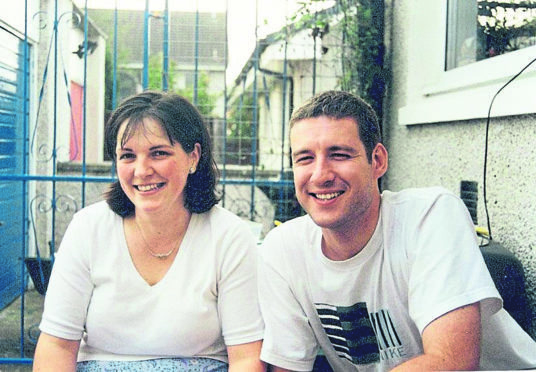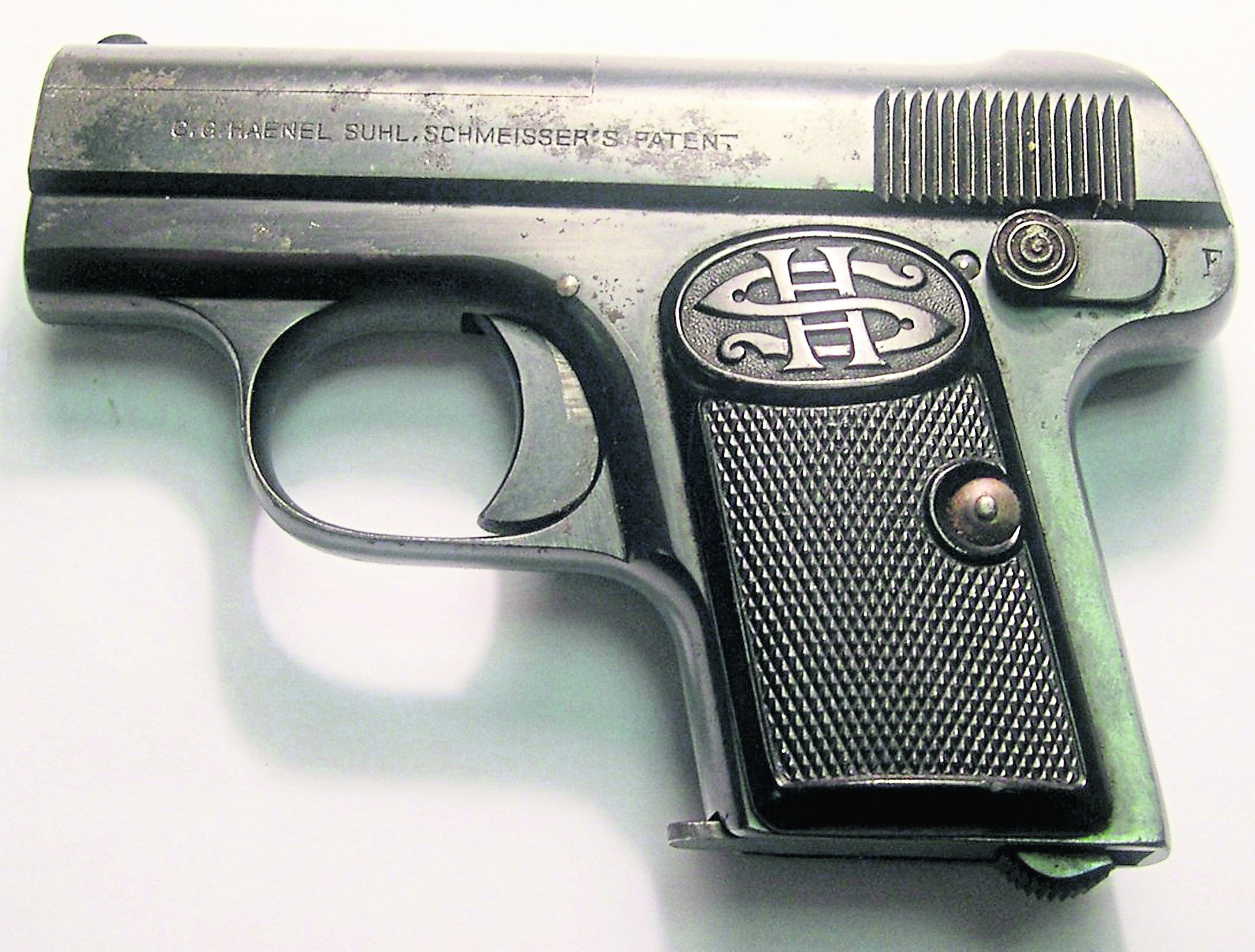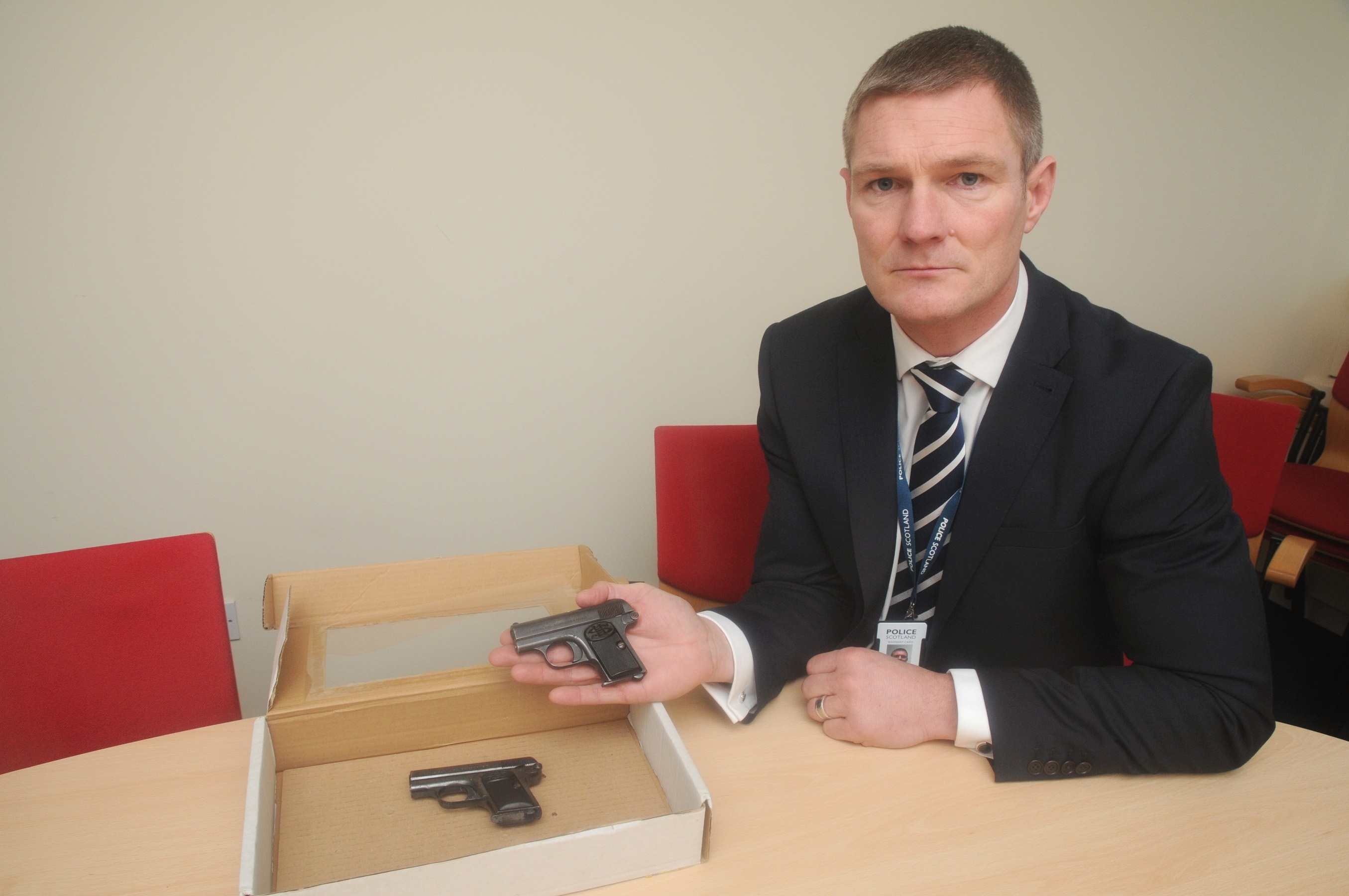Research by a hi-tech Highland firm could provide the vital breakthrough needed in cracking unsolved shootings – sparking hope in the hunt for the killer of Nairn banker Alistair Wilson.
A team from Wick-based KP Technology has been working on a new technique which could uncover new forensic fingerprint evidence from weapons and ammunition.
The company’s patented “Kelvin Probes” creates a microscopic electric field to show up material on the surface of the item being analysed.
Traditional techniques to find prints on gun cartridges have been based on creating a vacuum or using a type of superglue, focusing on the chemistry of the process.
But this research could provide a new “cleaner” avenue in finding forensic clues.
It began following a meeting between company founder Iain Baikie and Gary Flannigan, then head of major crime with Police Scotland.
The first research paper by KP Technology, in collaboration with Dundee University, has now been published, and concludes: “The results were very encouraging and suggest that the scanning by KP Technology, which does not need a vacuum, could have a place as a first stage analysis tool in serious crime investigation.”
Prof Baikie said his team succeeded in recovering prints from unused metal cartridges, but added that more work needed to be done.
He said: “The work we have done is very encouraging and in the long term it has the potential in helping cold cases, such as the Nairn murder.”
The firm is working on ways to refine its technique to improve the images it produces, particularly from fired ammunition.
Mr Flannigan, who is now retired from the force, said the research holds exciting possibilities in helping solve cold cases – which could include the 14-year-old mystery of the killing of Alistair Wilson.
He said: “The difficulty of recovering fingerprints from fired cartridges is a major problem globally.
“The results of Iain’s teamwork on enhancement techniques so far are very encouraging.”
>> Keep up to date with the latest news with The P&J newsletter
Police Scotland detective inspector Stuart Alexander said: “Advances in forensic technology, investigative techniques and communications can all provide a rich landscape in which we can take a fresh look at decades-old crimes of violence. Modern policing takes advantage of those advances in technology.”
The gun and three bullets recovered after the Alistair Wilson murder have been the subject of intense scrutiny by police.
Former Nairn Provost Sandy Park said: “Improvements in fingerprinting and DNA will hopefully lead to convicting the person responsible for the murder of Alistair Wilson.”
Scotland’s most notorious unsolved murders.
The killer shot the 30-year-old married dad-of-two on his doorstep at around 7.15pm on November 28, 2004. He later died in hospital.
Other high-profile shootings include that of TV presenter and journalist Jill Dando, killed outside her home in Fulham on April 26, 1999.
The Crimewatch presenter was killed by a single gunshot wound. Local man Barry George was convicted of murder but later acquitted after appeal.
Gangland boss Frank McPhie was killed by a single shot fired by a sniper who hid in a block of flats opposite his own in Maryhill, Glasgow, on May 10, 2000.
The hitman left the murder weapon but police have never caught the killer of McPhie, himself twice cleared of murder.
Ian Stewart Grant was a nightclub doorman working in Cambridge when he was shot dead on waste ground near a local hospital in November 1995.


